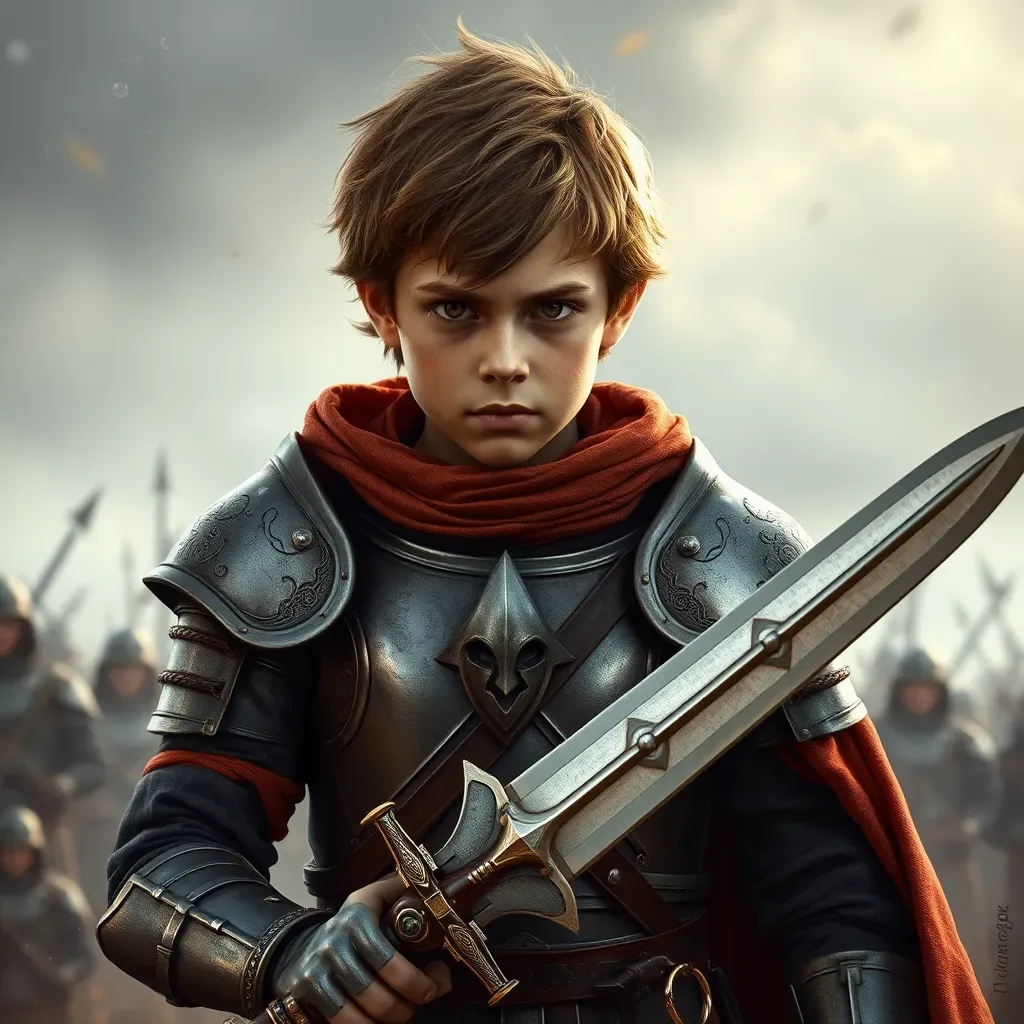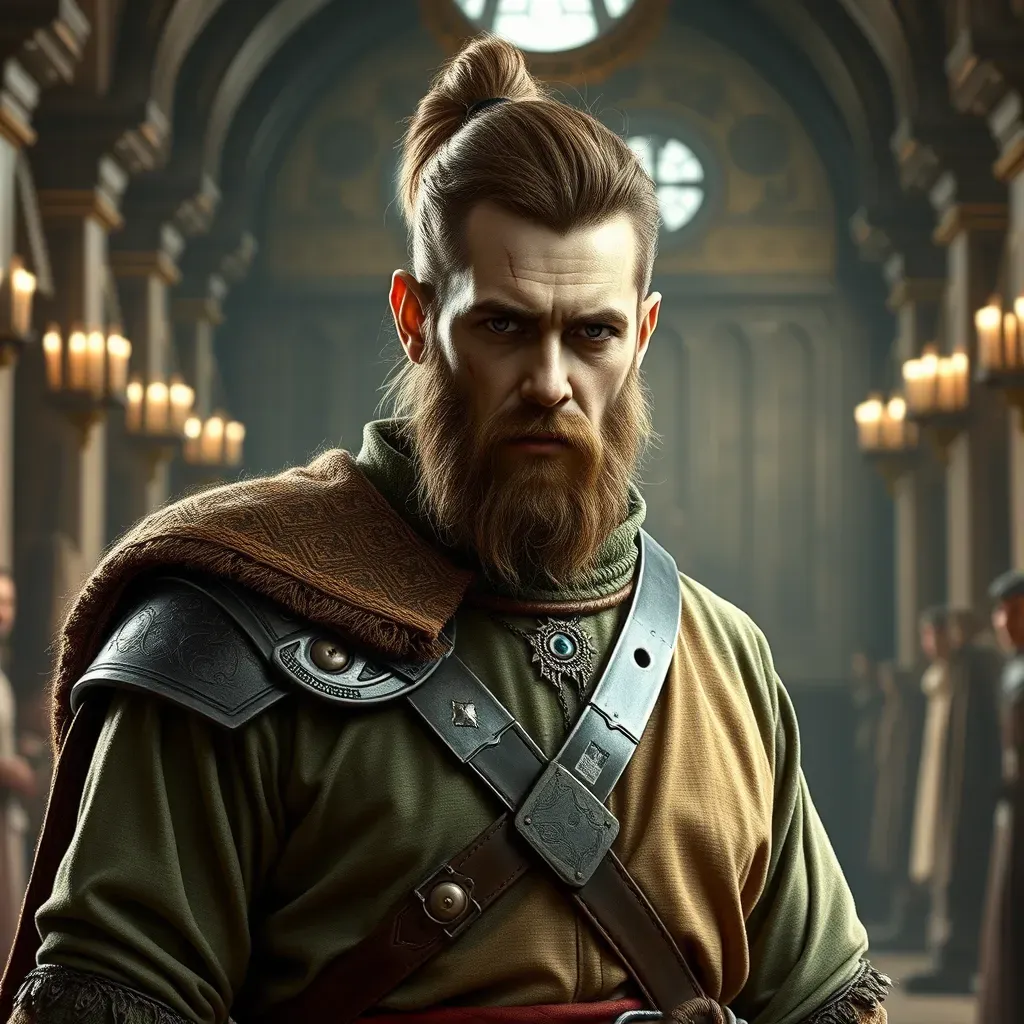Introduction
Character progression lies at the heart of captivating storytelling. It’s the transformation of characters, unfolding their journeys, challenges, and growth, that keeps readers and viewers deeply invested. With advancements in AI technology, particularly in the realm of text-to-image generation, writers and creators now have a powerful tool to visualize and augment character progression. This blog post explores the intersection of character progression and text-to-image prompt engineering, diving into its significance, techniques, real-world applications, and practical tips for leveraging AI to enhance your storytelling.
1. Understanding Character Progression
Character progression refers to the transformation a character undergoes throughout the story. It involves changes in their beliefs, behaviors, motivations, and emotional states, influenced by the challenges and experiences they face. This evolution can be positive, negative, or complex, reflecting the multifaceted nature of human growth.
Example:
In J.K. Rowling’s *Harry Potter* series, Harry evolves from a naive boy unaware of his heritage into a courageous hero who embraces his destiny. His journey is marked by trials, friendships, and self-discovery.
2. Introduction to Text-to-Image Prompt Engineering
Text-to-image prompt engineering uses AI models like DALL·E, MidJourney, or Stable Diffusion to generate images based on textual descriptions. This technology allows writers and creators to visualize characters, settings, and scenes, providing a richer, more immersive storytelling experience.
Example:
Using a text-to-image model, you can generate an image of Harry Potter at various stages of his journey—starting as an overwhelmed first-year student and gradually transforming into a seasoned wizard ready to face Voldemort.
3. Techniques for Integrating Text-to-Image Prompts in Character Progression
a. Visualizing Initial Character States
Begin by creating images that capture your character’s starting point. Describe their appearance, environment, and emotional state in detail, and use a text-to-image model to bring this vision to life.
Prompt Example:
“Generate an image of a young boy with messy black hair, round glasses, and a lightning-shaped scar on his forehead. He is wearing oversized clothes and standing in a small, dimly lit room, looking curious and a bit bewildered.”
b. Illustrating Key Transformative Moments
Identify crucial moments in your character’s arc where significant growth or change occurs. Use text-to-image prompts to visualize these turning points, capturing both the external and internal transformations.
Prompt Example:
“Create an image of a teenage boy in a wizard’s robe, standing confidently with a wand in hand. His expression is determined, and he’s surrounded by swirling magical energy, symbolizing his newfound power and responsibility.”
c. Depicting Emotional and Psychological States
Visual representations of your character’s emotional and psychological states can deepen the audience’s connection to their journey. Use descriptions that reflect their internal struggles and triumphs.
Prompt Example:
“Generate an image of a young woman standing on the edge of a cliff, looking out at a stormy sea. Her face shows a mix of fear and resolve, embodying her inner turmoil and the courage to face her fears.”
d. Showcasing Environmental Influence
Characters are often shaped by their environments. Create images that reflect how different settings influence your character’s progression, from their humble beginnings to more complex, challenging surroundings.
Prompt Example:
“Create an image of a futuristic cityscape where a young man in a sleek, metallic suit is navigating through towering skyscrapers and neon lights. His expression is focused, adapting to the high-tech environment around him.”
e. Comparative Visualization
Compare images of your character at the beginning, middle, and end of their journey to highlight their progression visually. This method provides a clear, impactful way to showcase their development.
Prompt Example:
1. “Generate an image of a young boy in a simple medieval village, looking innocent and wide-eyed.”
2. “Create an image of the same boy, now a teenager, wearing armor and holding a sword, standing in a battlefield with a determined expression.”
3. “Generate an image of the same character, now a seasoned warrior with a few scars, standing confidently as a leader in a grand medieval hall.”


4. Real-World Applications and Benefits
a. Storyboarding and Pre-Visualization
Text-to-image models are invaluable for storyboarding and pre-visualization, allowing writers and directors to see their characters and scenes before actual production. This helps in refining the storyline and ensuring consistency in character development.
b. Marketing and Promotion
AI-generated images can be used for marketing material, book covers, and promotional content, providing a visual hook that can attract and engage potential readers or viewers.
c. Interactive Storytelling and Games
In interactive media and video games, text-to-image AI allows for dynamic character visuals that evolve based on player choices, enhancing the storytelling experience by making character progression more immersive and visually engaging.
d. Educational Tools
Educators and content creators can use text-to-image models to develop teaching materials that illustrate literary characters and their development, making literature and storytelling more accessible and visual for students.
5. Practical Tips for Effective Use of Text-to-Image Prompt Engineering
- Be Descriptive
Provide detailed textual descriptions to ensure the AI generates accurate and relevant images. Include specifics about appearance, setting, emotions, and actions.
- Iterate and Refine
Experiment with different prompts and iteratively refine them to get the best results. Small changes in wording can lead to significant differences in the generated images.
- Use High-Quality Models
Choose reliable and advanced text-to-image models like DALL·E, MidJourney, or Stable Diffusion. Stay updated on the latest advancements to leverage the most powerful tools available.
- Maintain Narrative Consistency
Ensure the generated images align with your story’s narrative and character progression. Consistency is key to maintaining a believable and engaging storyline.
- Combine with Traditional Methods
Integrate AI-generated visuals with traditional characterization techniques. Use these images as supplements to your narrative rather than replacements for detailed character development.
Conclusion
Text-to-image prompt engineering offers an exciting frontier for enhancing character progression in storytelling. By visualizing characters and their journeys, writers and creators can offer a richer, more immersive experience to their audience. Whether you're crafting a novel, screenplay, or game, leveraging AI to visualize character development can elevate your storytelling to new heights. Embrace this technology, experiment with prompts, and watch your characters come to life in ways you never imagined.
Happy creating!


